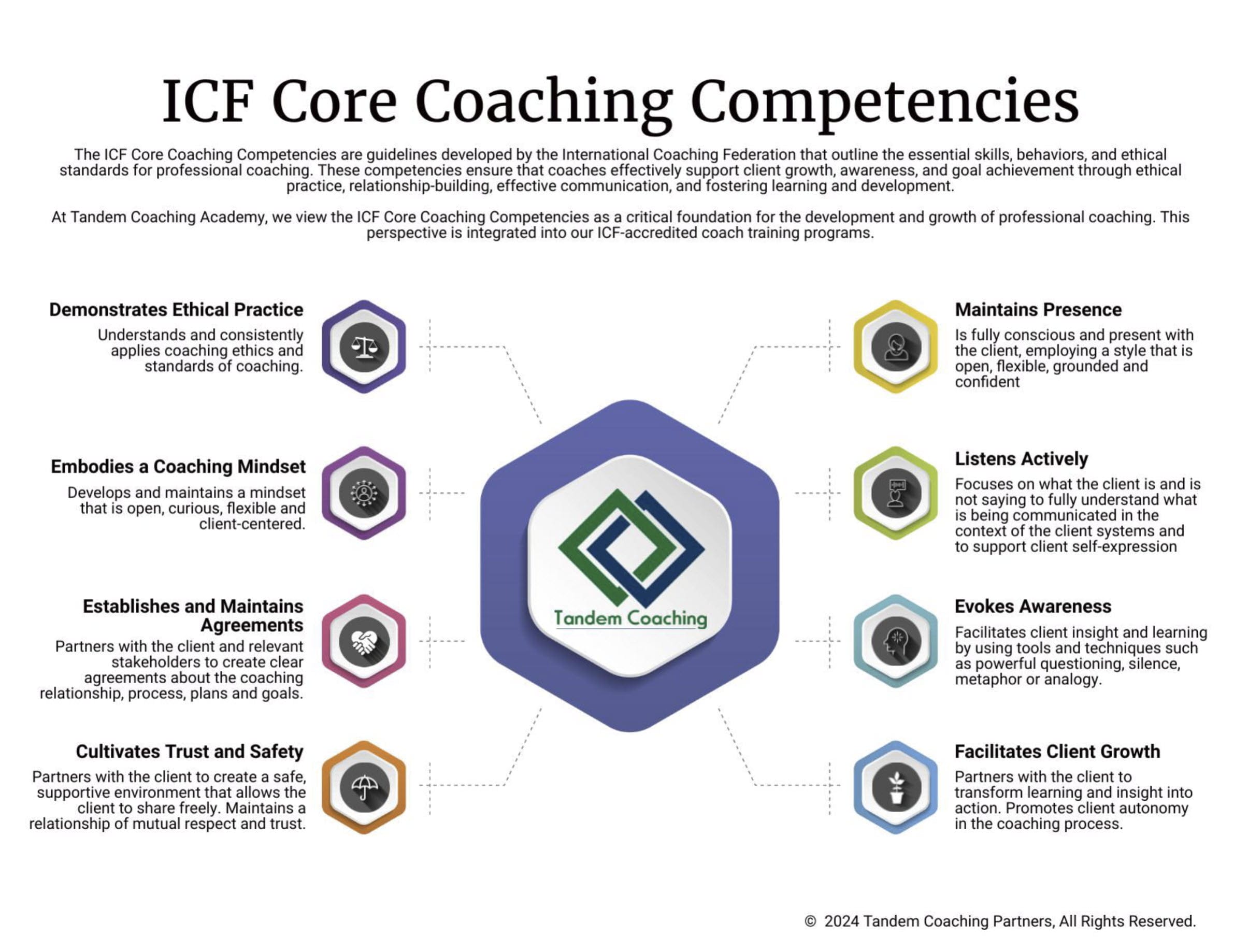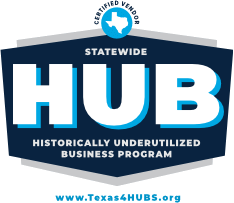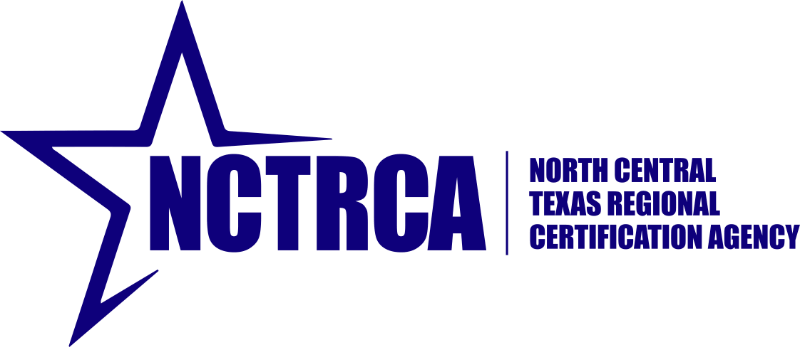Synopsys: scaling is often frowned upon in the Agile world. Scaling coaching from individuals to teams and to organizations is the only way to bring the systemic change to bigger and wider systems and we believe that scaling coaching through systems thinking is the way to go.
Our work at Tandem Coaching Academy has incorporated a learning path for Coaching Human Systems because we know that coaching teams and organizations can be tricky work. This article introduces seven concepts we teach regarding scaling the ICF Core Competencies for multi-person clients and utilizing systems thinking as a foundational skill when coaching teams and organizations.
- Scaling the coaching agreement. When working with an organizational team, the coaching agreement is multi-level. First is the team agreement, where the team determines how they will work together. Second is the coach’s contract with the team system regarding interactions with the coach and the outcomes they wish to achieve. It is also essential to recognize that while you might have relationships with individuals, the team itself, not the individuals, is the client.
- Scaling building trust and safety. The coach must help the team members cultivate trust within the team, so they are safe to speak up, disagree, and surface challenges. It is essential to develop trust with each team member and the team as an entire unit, so the team feels safe working with the coach to change and improve.
- Scaling coaching presence. Teams are complex systems, so it is necessary to think beyond simple cause-effect actions like, “I do something, causing something else to happen,” when working with them. Systems have multiple cause-effect activities always happening and affecting one another. So, we cannot think of single cause-effect action in isolation. We must recognize that things occur by pulling various levers with a range of impacts, from negligible to extreme. A single lever never affects a single desired outcome, and the effects are often unpredictable. This levers system is why decisions made in one part of an organization can have significant consequences in other parts of the organization when there isn’t an obvious connection.
- Scaling active listening. Because a team is a complex system, every communication has a meaning for the individual and the group. One member will often express what they are thinking or feeling to find the same sentiment across the team. The coach can help this process by reflecting on what emerges in conversations and putting non-verbal communications into words. Verbalizing what the coach sees, senses, and notices gives the team awareness of new information to work with.
- Scaling evoking awareness. Instead of getting caught up in problems and solutions, focus on the team interactions which hamper or enable effectiveness and performance. Maintain a system focus by bringing what is happening with one individual back to the group using phrases like, “What is it like for the rest of you to hear that?” or, “What is another perspective on this?”
- Scaling facilitating client growth. Coaches can often promote team growth through the use of assessments. The assessment goal is not for the coach to grade the team on a satisfactory/unsatisfactory scale. Instead, it is a way for the team to generate new insights about itself. The team must assess itself. The coach can also provide feedback based on information gained through interactions and observations if desired by the team. This coach’s perspective should not override the team’s view of itself. Instead, it should merely be a way to uncover new information and provide feedback about the team’s perception from the outside looking in. The coach mustn’t prioritize or select what the team will change or improve because of an assessment. It is more important to have the team decide what they would like to focus on, as this is how they create sustainable change.
We also like using ProfileXT assessment-based team profiles because it provides both individual and team-based data to work with. The team profile gives an insight into individual thinking styles and behavioral characteristics. It also asks important questions about how these individual characteristics fit into the team’s complex system with its collective thinking and behavioral profiles. We use the ProfileXT team profile over time to help identify potential improvements, design actions, and build accountability. From time to time, the team inspects the actions’ outcomes, decides what new steps to take, and repeats the process.
- Coaching with a systems perspective. To work from a systems perspective, the coach must take a step back to identify all the systems represented. This perspective will reveal a slew of systems and embedded systems such as the team, the organizations around the team, and other teams. This viewpoint helps the coach identify if occurrences are happening in isolation, if triggered by something in another part of the system, or if it is a systemic issue that is part of the culture and how the larger organization functions. Without this viewpoint, the coach might try to resolve problems inside the team with minuscule results because the root of the problem resides outside the team.
When helping an organization collaborate, communicate, and design processes, a systems perspective will also help the coach see other embedded systems inside the team and organization. Some standard embedded systems are circles of friends, role-based groupings, full-time employees, contract staff, legacy team members, new team members, etc. These embedded systems are part of the larger whole, so those embedded systems’ workings impact elsewhere. For example, two team members are good friends and discuss work outside of the team space. When the team collaborates, the friends have pre-determined their position on the matter and present as a united front, disrupting the team’s ability to diverge and converge ideas. Because they have pre-determined their position, the friends may not be as open to new ideas or building upon new perspectives.
Overall, while coaching teams and organizations can be tricky, by incorporating systems thinking and some adjustments to scale core competencies across multi-person systems, you will cross the first hurdles.
This article was originally published by Business Coaching magazine.

Unlock Your Coaching Potential with Tandem!
Dive into the essence of effective coaching with our exclusive brochure, meticulously crafted to help you master the ICF Core Coaching Competencies.
"*" indicates required fields
About the Author
Cherie Silas, MCC
She has over 20 years of experience as a corporate leader and uses that background to partner with business executives and their leadership teams to identify and solve their most challenging people, process, and business problems in measurable ways.















